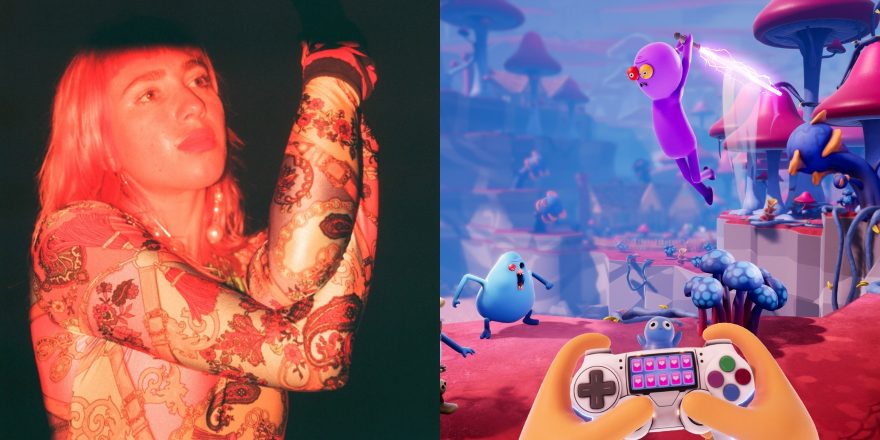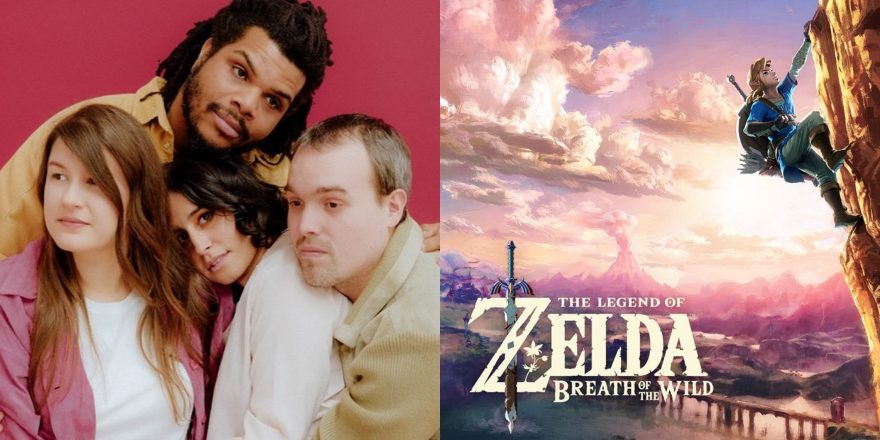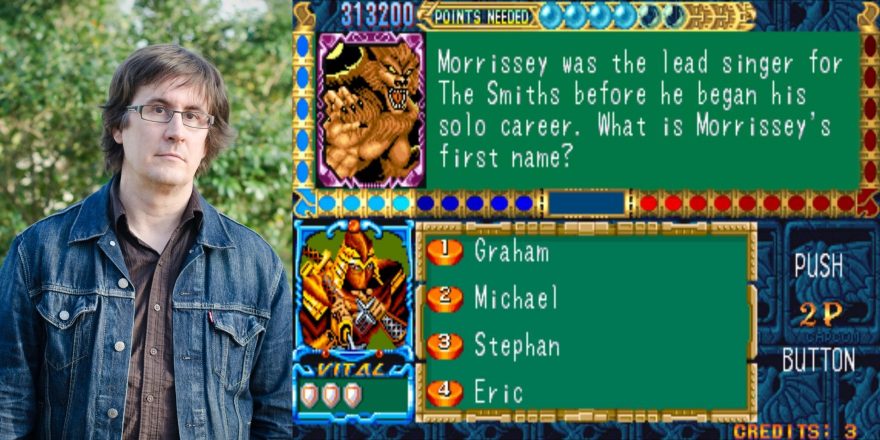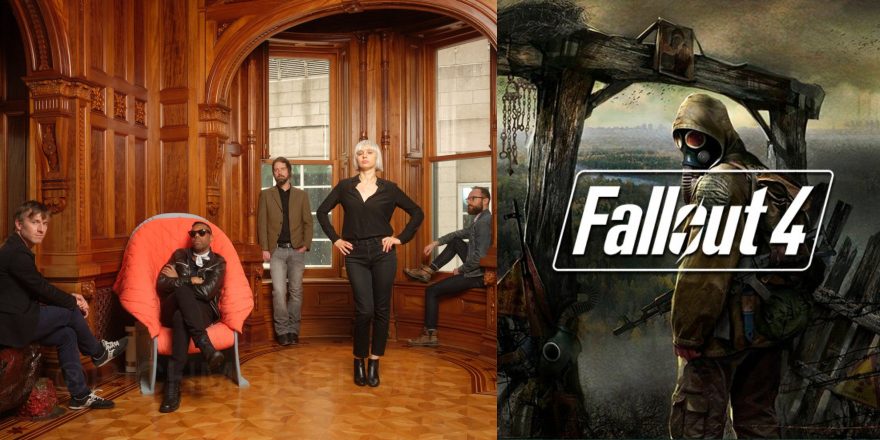When I was a kid I would sit at the piano and play, making music for the stories in picture books and family activities happening around me in the house. I’d write without thought. The only kind of thought that dictated my creativity was the ‘atmosphere’ of thought, which couldn’t be labeled as conscious. It became my role to observe and make music that illuminated the stories in whatever was going on around me during a given moment. The process and product of creating while observing was meditative and it became my way to flesh out ideas. Now I’ve returned to it as I tapped into the approach to score the soundtrack for the video game Trover Saves The Universe. In order to create the melodic vision for the game and characters, I would write while absorbing art I had set aside for myself as inspiration as well as footage from Trover. I like to think of the creative vision for something as being a world, where many different components exist to support it. So I thought I’d go over the different components of the Trover writing process and present it like a mood board.
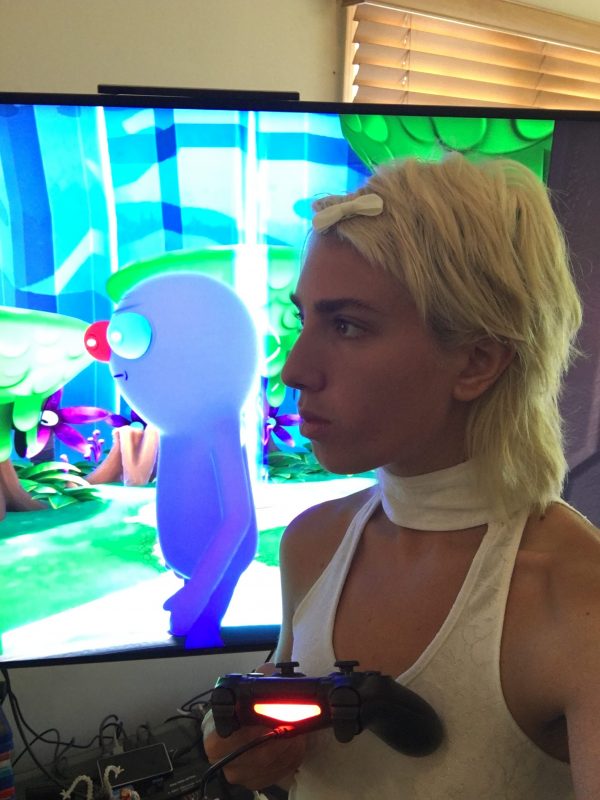
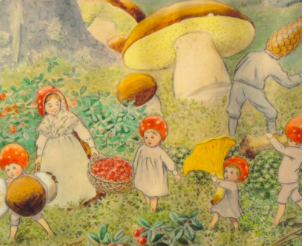
I knew I wanted to get really weird and creative, and I thought it was necessary to get myself out of my comfort zone by using a new array of instruments. I had in mind an Ennio Morricone/Pierro Picionni-meets-modern-K-pop sound, because that’s how the game felt to me: organic while also artificial. I set up a space odyssey control room filled with a mixture of digital and analog equipment: a Korg sv1 digital piano, a Juno 60, a korg prologue, a Roland xp30, a theremin, and plugins like Synplant, Permut, TAl-U-NO-60, and Bitspeek. For vocals, I recorded straight into the computer mic and also used a shure SM7 mic at times. I brought in weird little good luck toys and stuffed animals to make the atmosphere feel cozy.
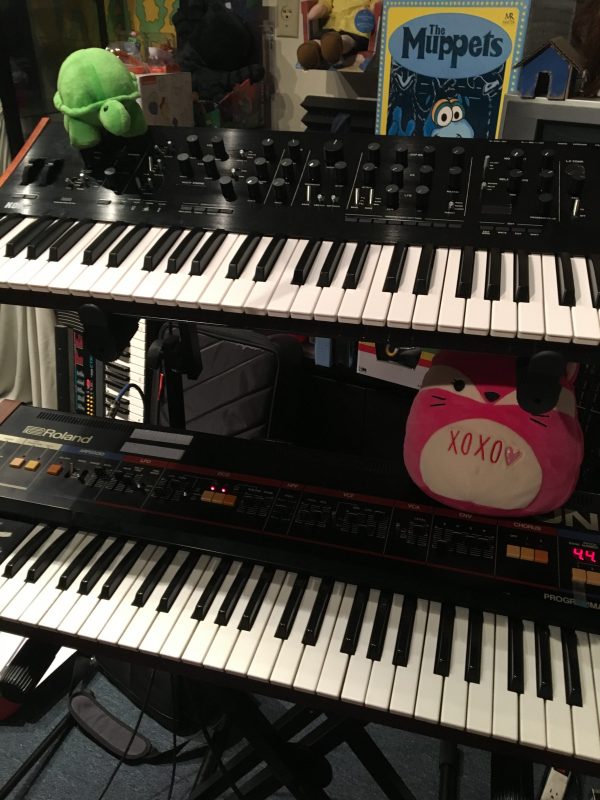
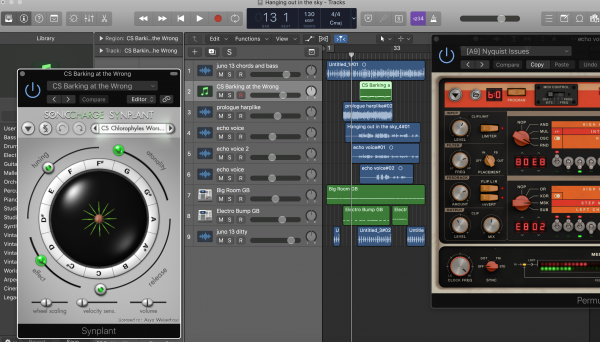
I wanted the music in the game to feel like a landscape that was otherworldly and relatable at the same time to fit the vibe of the game. Everything I did for the music reinforced this core concept. Some of the music needed to be trancelike and peaceful, but never fully devoid of ego; I wanted the coexistence of detachment and ego. For the songs where I wanted a calming background melody, I’d often begin on the Juno 60, my right hand man. I found it great for creating peaceful, rhythmic and animate sounds that are as organic as the nature around us. It was a perfect keyboard for creating the foundational environment which I’d layer other sounds over. Instruments like the Korg prologue, the Synplant plugin, the theremin were good for topical bursts of expression. If the Juno was the meadow, the prologue and synplant were the flowers. I wanted the songs to be really cinematic so I had my friend, Ro Rowan, make string arrangements to really bring out the emotion. I also had my sister Chloe Saavedra contribute drum production using her Tempest drum machine on a few songs to infuse them with more energy. I really wanted to use my voice in the soundtrack, but since it had to feel otherworldly I heavily affected the vocals with surrounding reverbs and some autotune and sang in a mixture of Swedish and English (Swinglish). The only song I actually sang lyrics on is “Track Star (demo),” which is a bonus track on the vinyl and digital release.
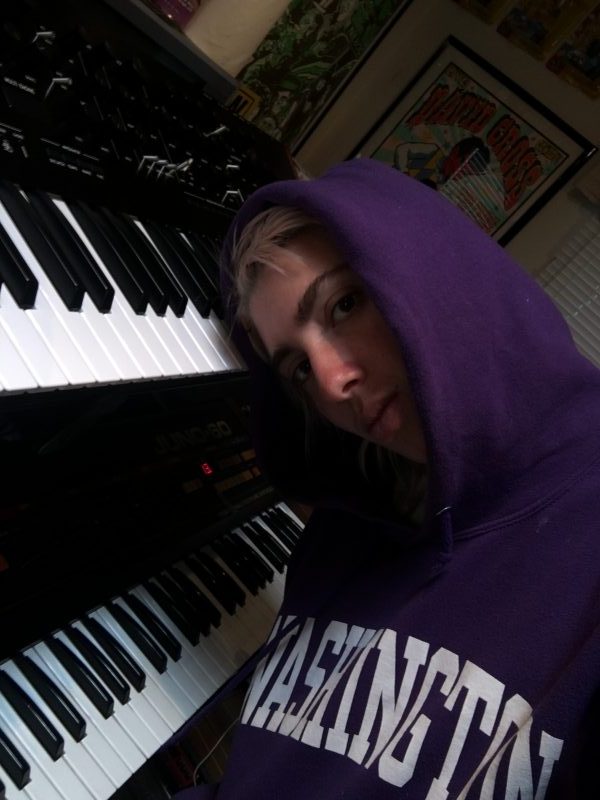
I’d usually start my sessions early in the morning, because morning is a creative time for me. I’d eat these tasty caffeine cubes that Grimes told me about and I’d start my day listening to my ambient music playlist and reading or drawing portraits. The goal was productive procrastination — concentrating on something totally unrelated to the game music, so when I started work I would be 100% focused. This was by no means a perfect method. I’d sometimes get lost drawing or reading and then hours later realize I was supposed to be working on Trover (oops).
Once my brain was warmed up, I’d watch footage of the Trover level I was working on and I’d pick up an instrument and play it to the footage. I would try to mentally enter the world of the game, Narnia-style, so I could create for it. One of my methods was to choose a reference song or an artist for inspiration. An example of a song off the soundtrack where I used this method is “The Man On Whom It Depends”; My reference artist was Ennio Morricone. I tried to emulate certain things about his style with tension-building vocals and expressive accoutrements like theremin and orchestral layers. The orchestral instruments I’d use were occasionally digital synth sounds I created to emulate the feeling of an orchestra instrument, but other times they were real (on the songs Ro did string arrangements for). My other method for a song was to start from scratch without a reference and see what happened. Some examples of this are “Now’s Texture” and “Sun Shower.” I already had a vision for the game’s music as a whole, which informed my creative decisions and allowed me to approach certain songs with a playful and free attitude.
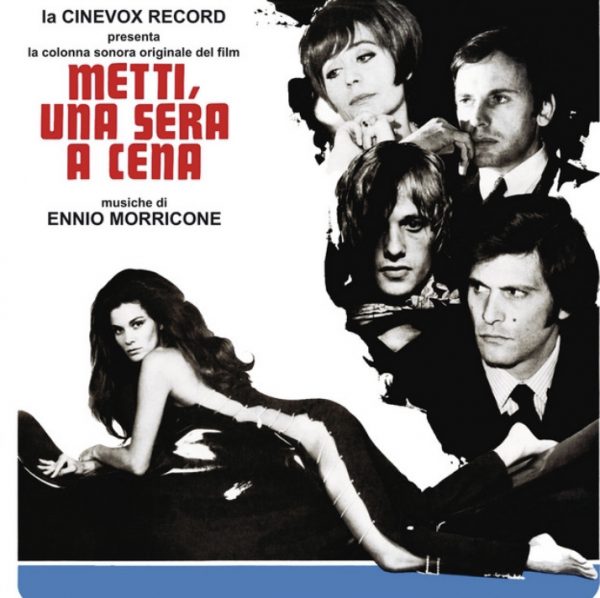

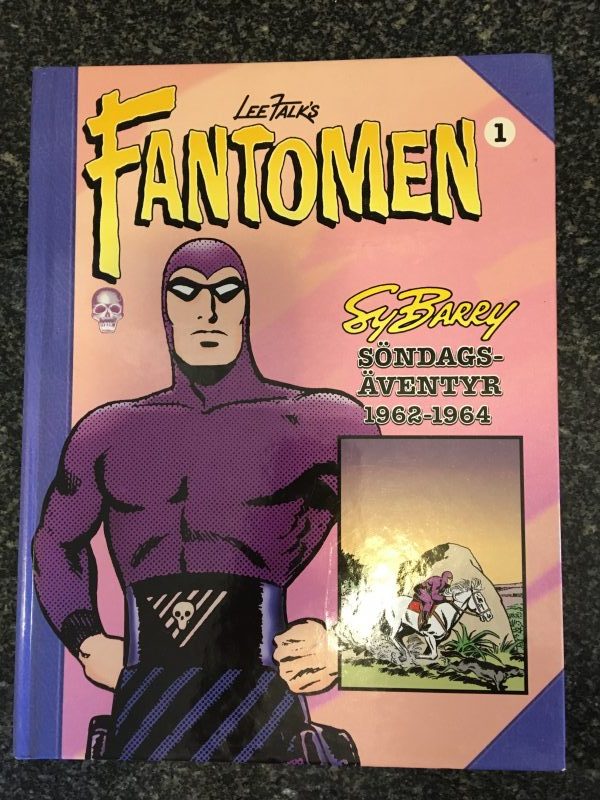
It’s often the things I don’t immediately agree with or enjoy that end up inspiring me the most. I’m a very obsessive person, but it takes me a little while to get obsessed — then I’m all in. When I’m going through my phases of creative consumption, I’ll purposefully surround myself with material that’s outside of my comfort zone and that I don’t totally “get,” as well as stuff I’m already obsessed with. For Trover I particularly wanted to absorb anything that felt unfamiliar or otherworldly, so I naturally gravitated to stuff out of my comfort zone. I found that Swedish art was really inspiring because it felt simultaneously foreign and familiar (peaceful and jarring). Here’s some of the art I consumed during this time to help me build the musical world for Trover:
![]()
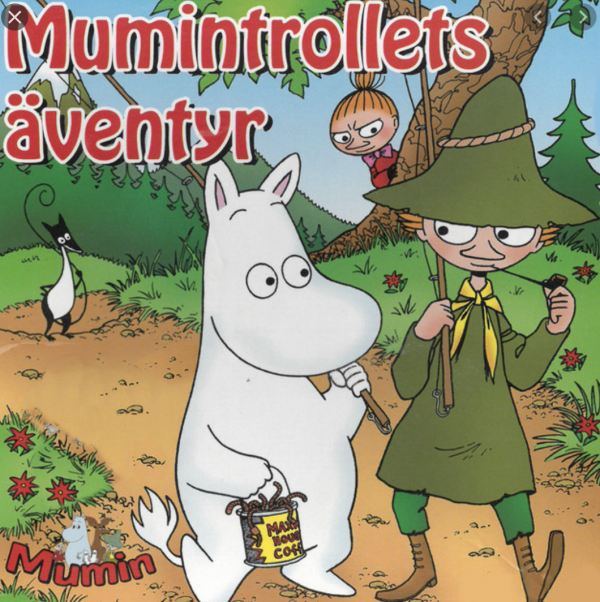
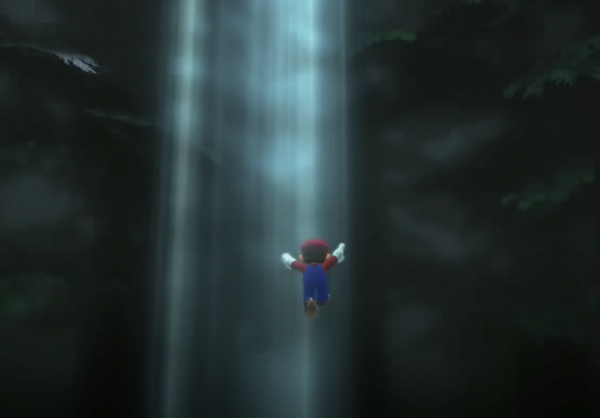
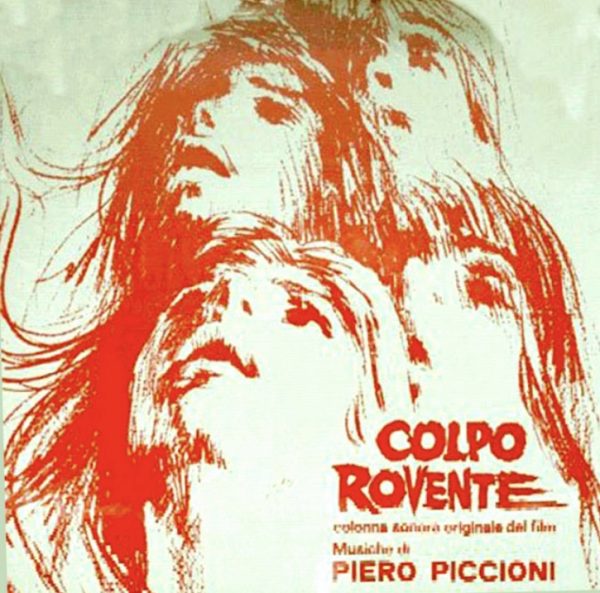
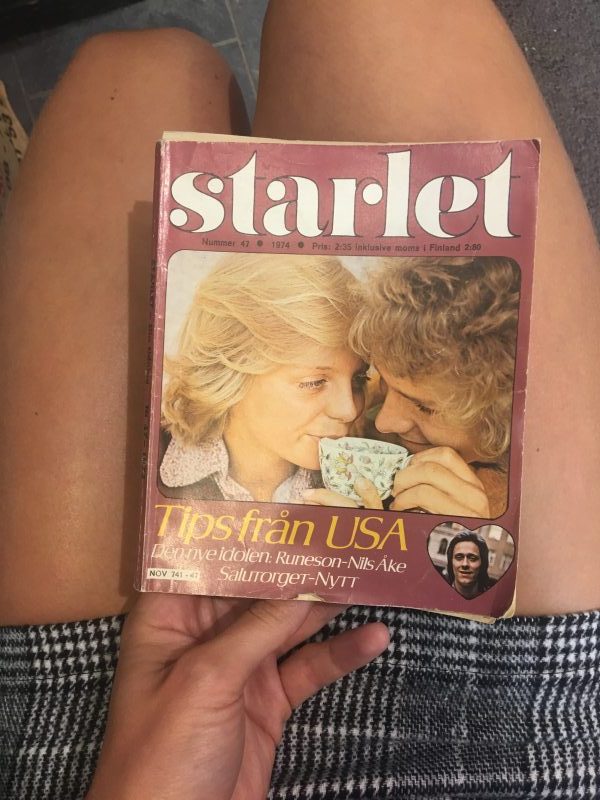
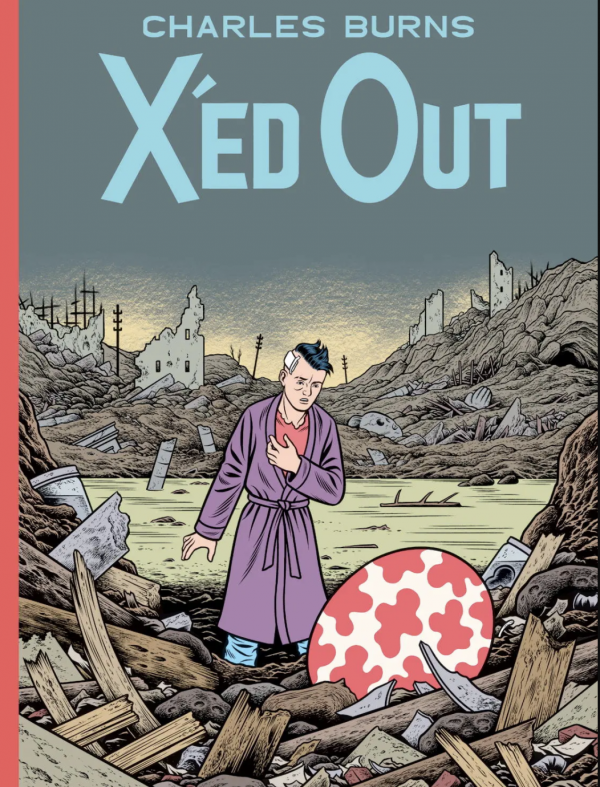
The interesting thing about the game scoring process is that it really doesn’t work with an ego. I wanted to have a persona and a sound in the game, but I had to pepper it in. I think pop musicians generally have big egos because it’s a necessary thing in that process, but it doesn’t suit you in scoring music. The music can’t be completely front and center, and you have to be OK with constantly scrapping melodies. That was hard for me. At first, I started writing all these insane arpeggios and filling every inch of space in the game, and then I learned to take away layers and I saw how that allowed the game environment to come to life. I learned it was all about looping and finding pieces of music where you can layer and de-layer melodies over a loop, like Legos, so it never gets boring but never changes too much either. If a horrible gamer like me was stuck on a level in the game and had to listen to hours of level music, the music should sound OK. The music in games kind of repeats in a trancelike, meditative way, its purpose being to reinforce the feeling of the scene and to flow naturally beneath every move, like the breath of the player.
I think of game music, or music without lyrics in general, as being like a coloring book. You involve the listener in the creative process by letting them experience a song on their own, without a literal guidebook to what it means. That’s not to say that a lyricless story is lacking something, it’s just purposefully leaving it out. Instrumental music can be even more evocative in the way that a black and white picture can evoke depth and subtleties without color. For the Trover soundtrack, I wanted to allow space and patience, but I also wanted to say something, and to confuse people a bit. The lyricless foundation allowed me to do this without explaining myself, like people often expect of women. I hope the listener can enjoy this record on its own as well as in the game and be absorbed by the world of the music. The intention was to attempt to give the listener an abstract view of the world, and to deepen the imagination of the game. I want the listener to step into a world where rules of the normal world no longer apply, and maybe after that they will see the normal world as a little otherworldly, or at the very least feel like Mumintrollen on a pink cloud in the sky.
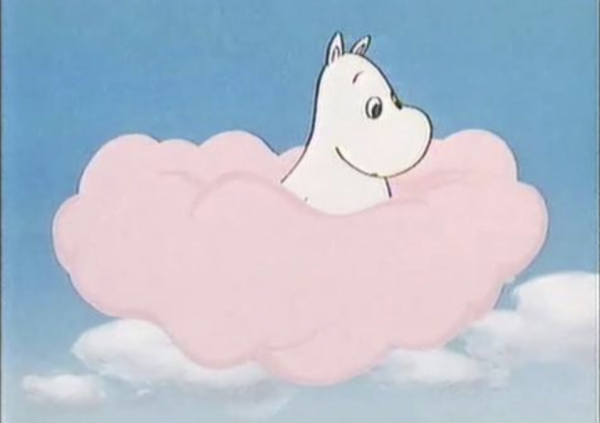
The Trover Saves The Universe soundtrack will be out September 25 digitally and on vinyl.
(Photo Credit: left, Caitlin Dennis)


